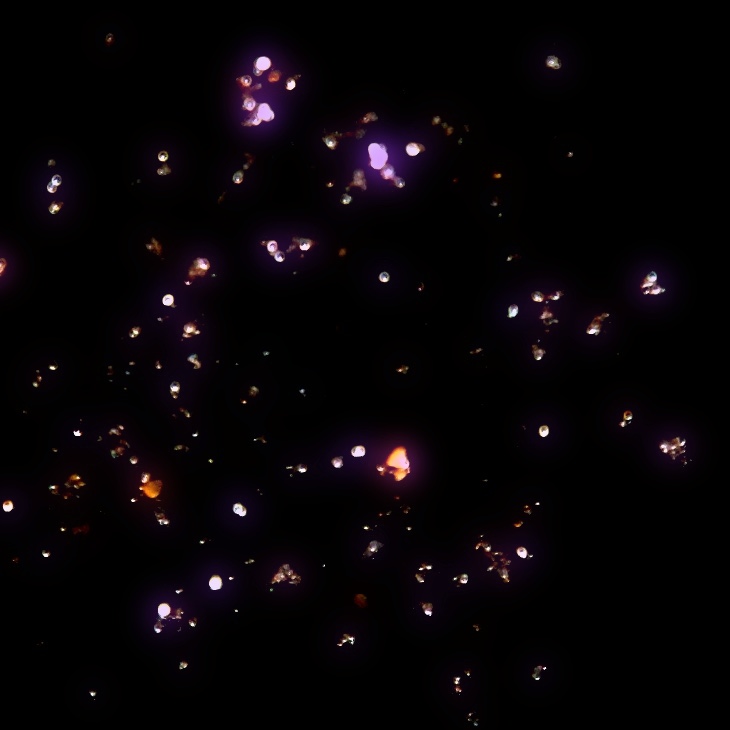Lawrencium
103
Lr
Groep
n.v.t.
Periode
7
Blok
d
Protonen
Elektronen
Neutronen
103
103
159
Algemene Eigenschappen
Atoomnummer
103
Atomair gewicht
[262]
Massa Getal
262
Categorie
Actiniden
Kleur
n.v.t.
Radioactief
Ja
Genoemd naar Ernest O. Lawrence, uitvinder van het cyclotron
Kristalstructuur
n.v.t.
Historie
Lawrencium werd ontdekt door Albert Ghiorso, Torbjørn Sikkeland, Almon Larsh en Robert M. Latimer in 1961 aan de Universiteit van Californië, Berkeley.
Het werd geproduceerd door de bombardering van californium met booratomen.
Lawrencium was het laatste lid van de actinidenreeks dat werd ontdekt.
Het werd geproduceerd door de bombardering van californium met booratomen.
Lawrencium was het laatste lid van de actinidenreeks dat werd ontdekt.
Eletronen per schil
2, 8, 18, 32, 32, 8, 3
Electronconfiguratie
[Rn] 5f14 7s2 7p1
Lawrencium is een driewaardig ion in waterige oplossing
Fysieke Eigenschappen
Fase
Vast
Dichtheid
- g/cm3
Smeltpunt
1900 K | 1626,85 °C | 2960,33 °F
Kookpunt
-
Fusiewarmte
n.v.t. kJ/mol
Verdampingswarmte
n.v.t. kJ/mol
Specifieke Warmtecapaciteit
- J/g·K
Overvloedig aanwezig in de aardkorst
n.v.t.
Overvloedig aanwezig in het universum
n.v.t.

CAS-nummer
22537-19-5
PubChem CID nummer
n.v.t.
Atoomeigenschappen
Atoomstraal
-
Covalentiestraal
-
Electronegativiteit
1,3 (Pauling schaal)
Ionisatiepotentiaal
4,9 eV
Atoomvolume
-
Thermische geleiding
0,1 W/cm·K
Oxidatietoestanden
3
Toepassingen
Lawrencium wordt alleen gebruikt voor wetenschappelijk onderzoek.
Lawrencium is schadelijk vanwege zijn radioactiviteit
Isotopen
Stabiele isotopen
-Instabiele isotopen
251Lr, 252Lr, 253Lr, 254Lr, 255Lr, 256Lr, 257Lr, 258Lr, 259Lr, 260Lr, 261Lr, 262Lr, 263Lr, 264Lr, 265Lr, 266Lr